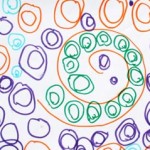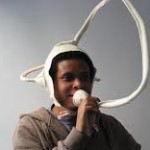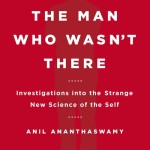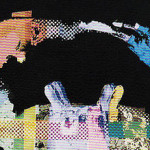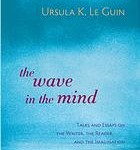Article featured in BrainDecoder
“(…) Most people can quickly pick out an imperfect circle, but the ability to draw a perfect one freehanded seems to elude all but the legendary Giotto and similarly accomplished masters. This is because the seemingly complimentary tasks of recognizing imperfection and then correcting it to produce perfection actually have little to do with each other—at least so far as our brains are concerned. While the visual cortex handles image processing involved in detecting off-kilter spheres, completely different parts of the brain responsible for coordination and fine muscle control, combined with the complexity of the arm’s structure, are to blame for our inability to draw a perfectly round sphere.Continue reading
